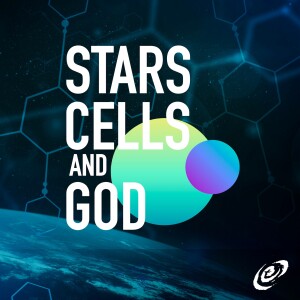
Tuesday Aug 13, 2024
Hubble Constant Tension Resolution | News of the Day
Join Hugh Ross in this breaking News of the Day episode of Stars, Cells, and God. Hugh describes how the latest measurements of cosmic baryon acoustic oscillations shed light on the true nature of dark energy and may resolve the tension between measurements of the cosmic expansion rate (Hubble constant) based on nearby galaxies with measurements based on the cosmic microwave background radiation and extremely distant galaxies.
- Some of the Hubble constant tension is resolved by the fact that our galaxy resides in an under-dense part of the universe.
- The remaining tension can be resolved if (1) the curvature of the universe slightly departs from a flat geometry, (2) the dark energy equation of state slightly varies as the universe ages, and/or (3) systematic errors in expansion rate measurements based on Cepheid variable stars are greater than they are for the tip of the red giant branch stars.
- The Dark Energy Survey Collaboration (DESC) analyzed 1,829 type Ia supernovae with distances spanning 0.14–10.92 billion light-years calibrated by the most extensive survey of baryon acoustic oscillations.
- The DESC found that systematic errors in Cepheid variable star measures are a significant factor in the Hubble constant tension.
- The DESC showed that the latest survey of baryon acoustic oscillations revealed a slight variation in the dark energy equation of state.
- The Euclid telescope will soon map baryon acoustic oscillations to a far greater extent, which will provide a definitive resolution of the Hubble constant tension.
Links and Resources:
No comments yet. Be the first to say something!